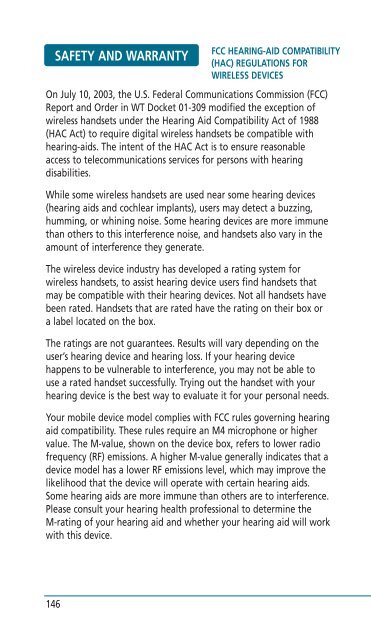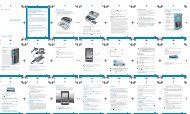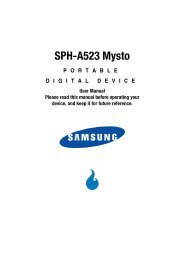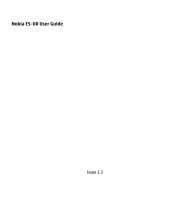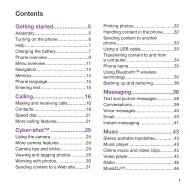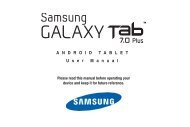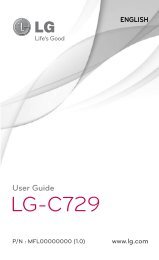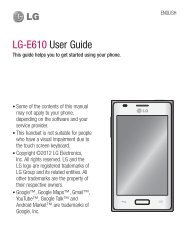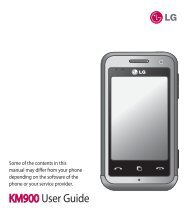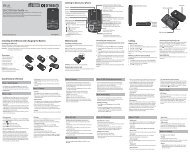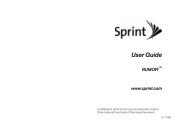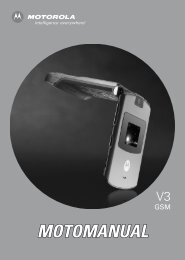Helio Ocean 2 Manual - Cell Phones Etc.
Helio Ocean 2 Manual - Cell Phones Etc.
Helio Ocean 2 Manual - Cell Phones Etc.
- TAGS
- helio
- manual
- www.cellphones.ca
Create successful ePaper yourself
Turn your PDF publications into a flip-book with our unique Google optimized e-Paper software.
FCC HEARING-AID COMPATIBILITY<br />
SAFETY AND WARRANTY<br />
(HAC) REGULATIONS FOR<br />
WIRELESS DEVICES<br />
On July 10, 2003, the U.S. Federal Communications Commission (FCC)<br />
Report and Order in WT Docket 01-309 modified the exception of<br />
wireless handsets under the Hearing Aid Compatibility Act of 1988<br />
(HAC Act) to require digital wireless handsets be compatible with<br />
hearing-aids. The intent of the HAC Act is to ensure reasonable<br />
access to telecommunications services for persons with hearing<br />
disabilities.<br />
While some wireless handsets are used near some hearing devices<br />
(hearing aids and cochlear implants), users may detect a buzzing,<br />
humming, or whining noise. Some hearing devices are more immune<br />
than others to this interference noise, and handsets also vary in the<br />
amount of interference they generate.<br />
The wireless device industry has developed a rating system for<br />
wireless handsets, to assist hearing device users find handsets that<br />
may be compatible with their hearing devices. Not all handsets have<br />
been rated. Handsets that are rated have the rating on their box or<br />
a label located on the box.<br />
The ratings are not guarantees. Results will vary depending on the<br />
user’s hearing device and hearing loss. If your hearing device<br />
happens to be vulnerable to interference, you may not be able to<br />
use a rated handset successfully. Trying out the handset with your<br />
hearing device is the best way to evaluate it for your personal needs.<br />
Your mobile device model complies with FCC rules governing hearing<br />
aid compatibility. These rules require an M4 microphone or higher<br />
value. The M-value, shown on the device box, refers to lower radio<br />
frequency (RF) emissions. A higher M-value generally indicates that a<br />
device model has a lower RF emissions level, which may improve the<br />
likelihood that the device will operate with certain hearing aids.<br />
Some hearing aids are more immune than others are to interference.<br />
Please consult your hearing health professional to determine the<br />
M-rating of your hearing aid and whether your hearing aid will work<br />
with this device.<br />
146


